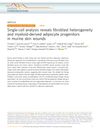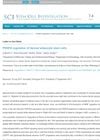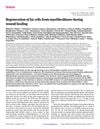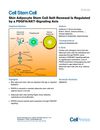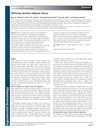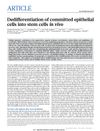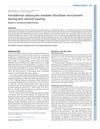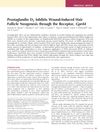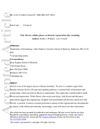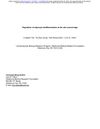Dermal Adipocyte Lipolysis and Myofibroblast Conversion Are Required for Efficient Skin Repair
June 2020
in “
Cell Stem Cell
”
dermal adipocytes lipolysis myofibroblast conversion skin repair inflammation macrophages wound repair adipocyte-derived cells extracellular matrix inflammatory diseases wound healing disorders fat cells fat breakdown healing cells skin healing immune response immune cells healing process fat cell-derived cells supportive tissue inflammation-related diseases healing issues
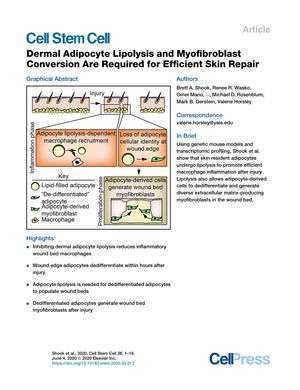
TLDR Fat cells in the skin help start healing and form important repair cells after injury.
The study conducted by Shook et al. in 2020 found that lipolysis in dermal adipocytes is essential for initiating inflammation and promoting skin repair after injury. In experiments using genetic mouse models, it was discovered that adipocytes near skin wounds release lipids that are necessary for macrophage-driven inflammation. Inhibiting lipolysis led to fewer inflammatory macrophages and delayed wound repair. Furthermore, adipocyte-derived cells were shown to dedifferentiate and contribute to the formation of myofibroblasts, which are crucial for healing. The study, which included 3 to 7 mice per condition, suggests that adipocytes play a significant role in skin repair by regulating inflammation and contributing to the extracellular matrix, with potential therapeutic implications for inflammatory diseases and wound healing disorders.
